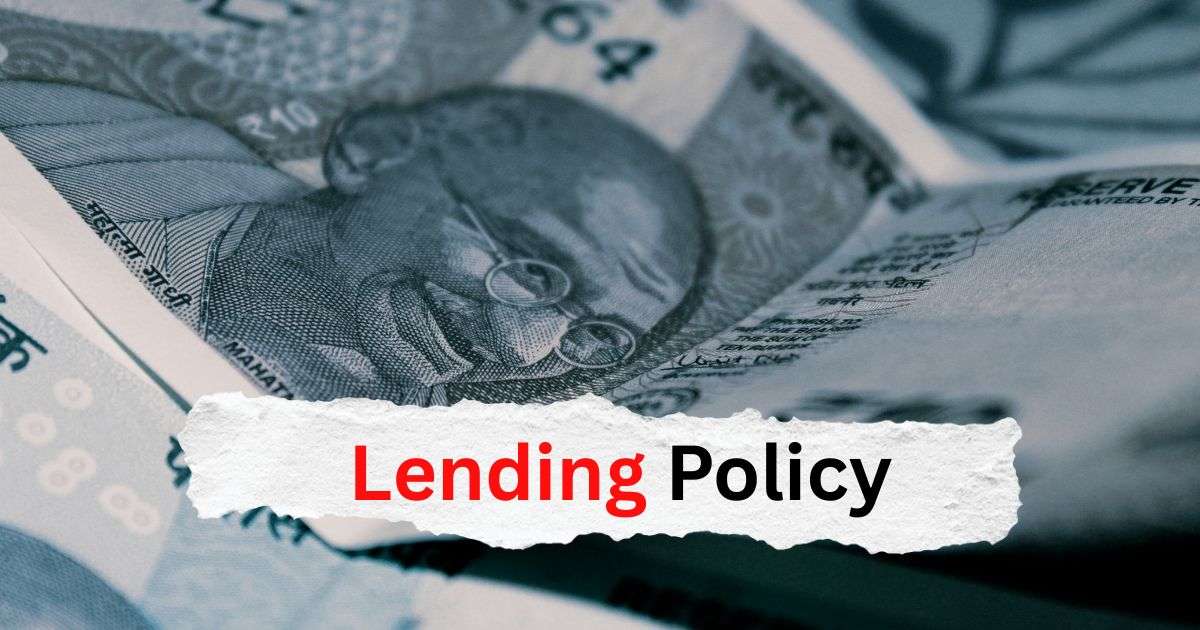Debt Resolution · 4 min read
Understanding the Legalities of Loan Restructuring
Learn the legal framework of loan restructuring, RBI guidelines, and their impact on borrowers and lenders. A practical approach for managing financial hardship.

Due to economic trouble, loss of jobs, and unexpected events, several Indian borrowers have trouble meeting their repayment terms. Restructuring loans is important for such borrowers since they get a suitable method for repayment, and banks/NBFCs are still paid. Nevertheless, while it might sound easy as just modifying the loan conditions, loan restructuring is controlled by strict legal and regulatory rules, mainly under the authority of the Reserve Bank of India (RBI). Knowing how the law works is very important for both sides in a loan arrangement.
What is Loan Restructuring?
If a loan restructuring happens, the lender officially changes the terms of the loan to Due to economic trouble, loss of jobs, and unexpected events, several Indian borrowers have trouble meeting their repayment terms. Restructuring loans is important for such borrowers since they get a suitable method for repayment, and banks/NBFCs are still paid. Nevertheless, while it might sound easy as just modifying the loan conditions, loan restructuring is controlled by strict legal and regulatory rules, mainly under the authority of the Reserve Bank of India (RBI). Knowing how the law works is very important for both sides in a loan arrangement, help the borrower pay it off more easily. A bank can lower the interest charged, stretch the loan terms, shift interest to principal, or agree to a temporary pause in repayment. Restructuring does not involve loan cancellation or forgetting the debt; the borrower must still pay off the debt, but under changed conditions.
Because of the coronavirus pandemic, many retail and business borrowers found it difficult to keep up with their debts. The reason for restructuring is to make sure the loan doesn’t end up as a non-performing asset (NPA) while helping the borrower manage their finances.
RBI Guidelines and Legal Framework
The basis for changing loan terms in India comes mainly from directions by the Reserve Bank of India. The RBI has introduced various guidelines over time, such as the Prudential Framework for Resolution of Stressed Assets (June 2019) and the special COVID-19-related schemes for restructuring in 2020 and 2021. Such guidelines enable banks to change loan terms, except when they are required to treat the loans as NPAs, on fulfilling certain conditions.
The RBI states that before a restructuring is approved, the lending institution’s credit committee should agree, and normally, the borrower has to write a letter outlining their financial problems. Such restructuring cases need to be handled under a policy approved by the board of the bank. The borrower’s account should have no major default and be in good standing at the time of application to be able to use the regular restructuring process.
Because restructuring agreements change the original loan contract, they bring about legal effects. So, once the terms are revised, both borrowers and lenders must comply, and a violation can end in litigation or the lender recalling the loan. Credit bureaus can be updated with information about the restructuring, which can lower the borrower’s credit score.
Process and Eligibility
Before restructuring, a borrower usually sends a request to the lender with documentation proving they face financial problems, such as termination letters, bills, or records of losses. The lender looks through the loan application, considers whether the borrower can repay the loan, and approves the application based on the results.
How much a potential borrower is eligible for is decided by the RBI’s current requirements, their past performance at repaying loans, and the important policies of the lending firm. Once it gets the nod, the lending institution creates a new loan agreement, which becomes legally enforceable.
Impact on Borrowers and Lenders
Restructuring a loan can have both good and bad consequences. Taking a break from payments gives borrowers a chance to settle the debt, which can stop them from having to deal with default, lawsuits, or greater stress. However, failing to pay can lower your credit score and reduce your ability to get credit in the future.
Lenders may use restructuring to get their money back if loans are at risk of becoming bad debts. Excessive reorganisation of a bank, with poor oversight, might trigger concerns over its assets and their compliance with regulations, mainly when NPAs are only put off and not solved.
Conclusion
Sometimes, loan restructuring is useful in fixing genuine financial hardship, though people must use it cautiously. Both borrowers and lenders should make sure they are aware of the rules beforehand, and lenders are expected to stick to the RBI rules. As more people understand money and borrowing, proper restructuring of loans can help many Indian borrowers who are having difficulties.



